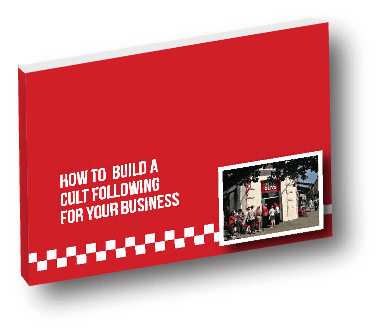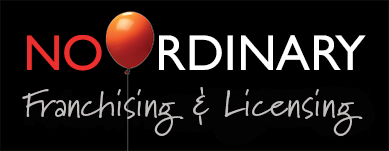Known as “the father of advertising”, David Ogilvy was one of the inspirations behind hit TV series Mad Men. But come on! It’s the digital age. How relevant can his “rules” for advertising be today? In this era of information overload, we reckon they’re more relevant – and fresher – than ever.
David Ogilvy was the world’s most famous ad man in an era when ad men were regarded as wizards, gods almost. Or at least that’s how they saw themselves. But Ogilvy set out to revolutionise the advertising industry. Unlike most of his peers, he believed being creative and original wasn’t enough.
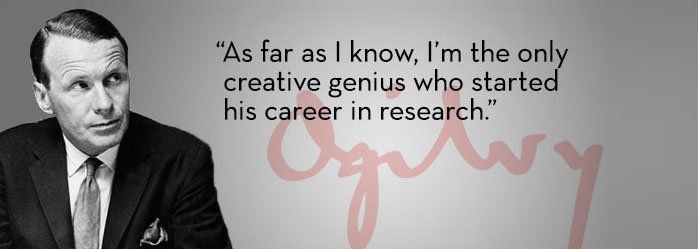
He believed in results. “In the modern world of business,” he said, “it is useless to be a creative, original thinker unless you can also sell what you create."
He believed you couldn’t achieve the best results without researching the market and testing your advertising until you got it right. “I prefer the discipline of knowledge to the anarchy of ignorance," he said.
He believed in not talking down to his audience. “The consumer isn't a moron, she is your wife,” he said. “You insult her intelligence if you assume that a mere slogan and a few vapid adjectives will persuade her to buy anything. She wants all the information you can give her.”
And he believed in creating advertising campaigns that resonated with the audience and were memorable because they oozed personality. He was a proponent of “the big idea”.
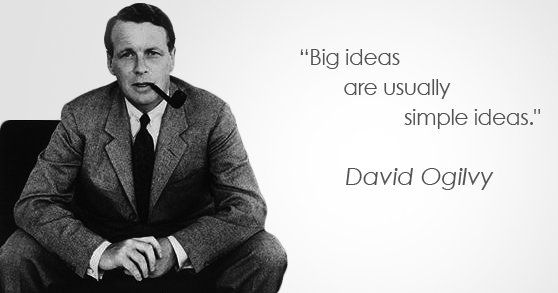
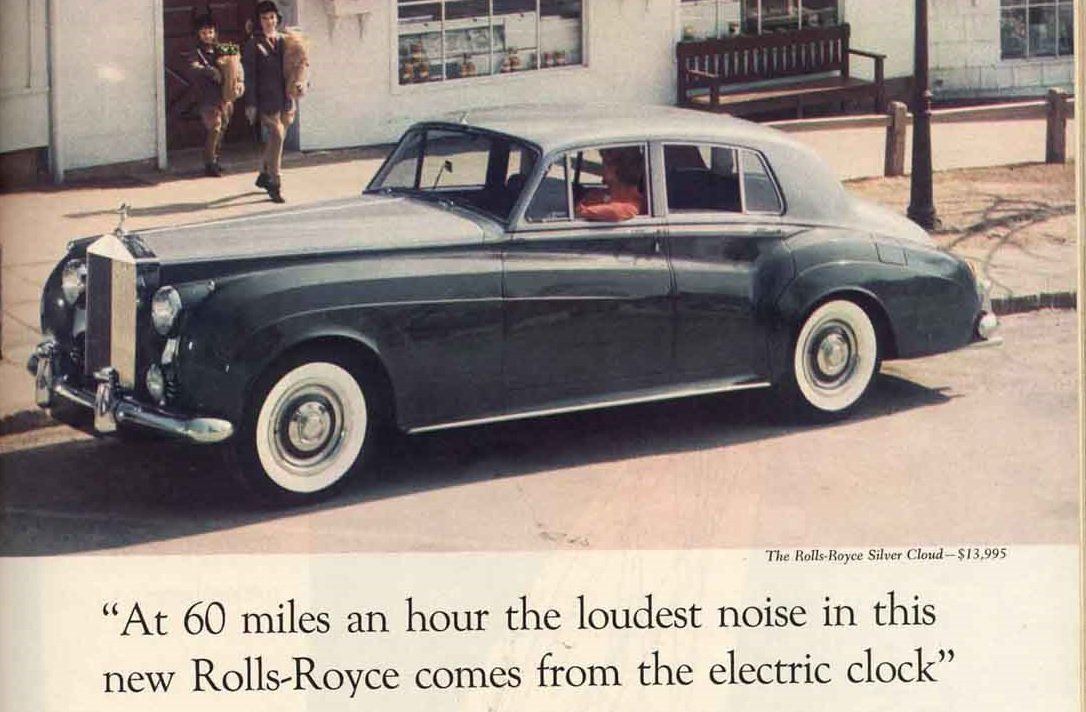
This advertisement, for Rolls Royce, is perhaps his most famous. Like all the classics, it doesn’t try to tell you everything about the car, but focuses a “unique selling point” – the car’s quietness.
The layout is another Ogilvy trademark. He said it was natural for a reader’s eye to be attracted first to the graphic element, in this case the large photo, so it made sense to put that at the top. People were most attracted to other people, so he usually included people as well as the product in the shot, and they were almost always using and enjoying the product.
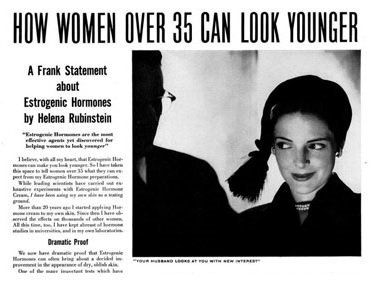
“It is what gets the reader’s attention and what makes them keep reading,” he said. “When you have written your headline, you have spent eighty cents out of your dollar.”
His tips for effective headlines included putting news in them if possible (the words New and Free are the most powerful, but How to, Suddenly and Now are also effective), making them emotional, making a promise in them, or using them to make the consumer curious and want to read more.
“Do not use negatives in the headlines,” he warned. “Do not try to write tricky headlines, be simple and to the point. Longer headlines sell more than short headlines.”
I'm Robin La Pere, no ordinary business, marketing and franchise consultant. I started my career in marketing as an advertising copywriter and one of the best books I've ever read on advertising is David Ogilvy's classic Confessions of an Advertising Man.
Even though the book was written more than 50 years ago, and the world of marketing has changed massively since then, I believe it's still required reading for anyone in marketing, mainly because human psychology hasn't changed and that's where Ogilvy was a master.
Relevant Articles
Free evaluation
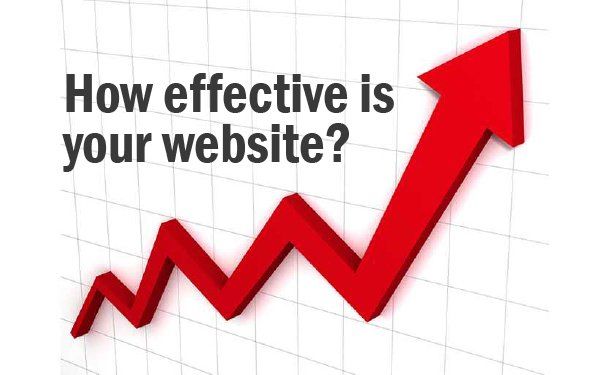
Is your website getting the results you expect?
If not, I offer a free Initial Website Effectiveness Report
in which I evaluate your website format and content from a marketing rather than a web design perspective, and provide my thoughts and tips on improving the site and making it more effective.
The Report isn't intended to be comprehensive but a starting point, a document to stimulate thinking and discussion. What you ultimately do with the Report is up to you but if you like what you see and agree with my recommendations, I would of course be happy to take the next step and prepare a full Website Effectiveness Report and Brief
for you and your web developer (or I can arrange with one of my developers to make the recommended changes for you).
The price for my full Website Effectiveness Reports and Briefs start from just NZ$500 + GST (US$350), depending on the scale and complexity of your website(s).
To receive your free Initial Website Effectiveness Report with no obligation, complete the details below. Your Report will be emailed to you within three working days.
Free Website Effectiveness Report
Free eBook:
How to Build a Cult Following For Your Business
